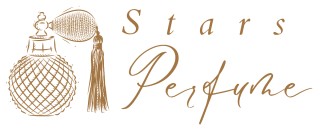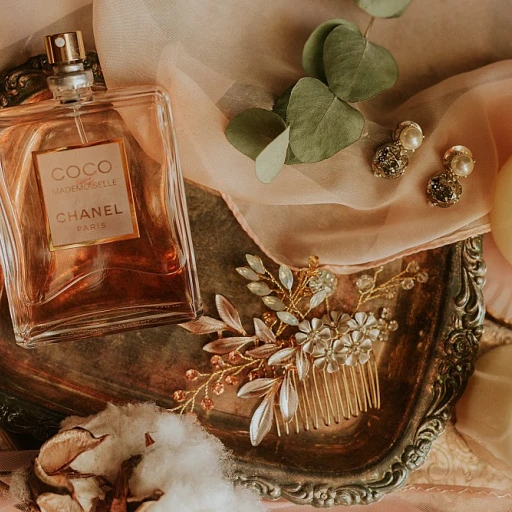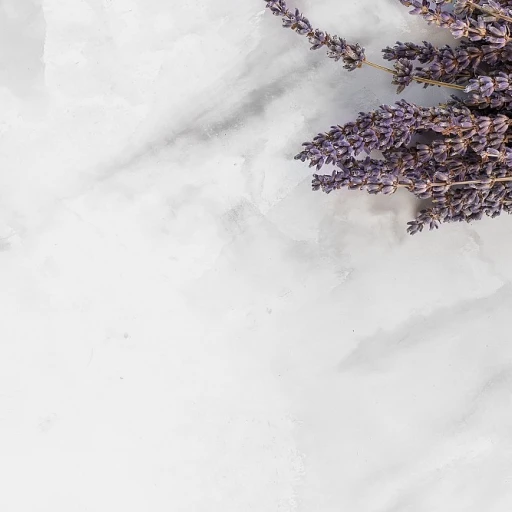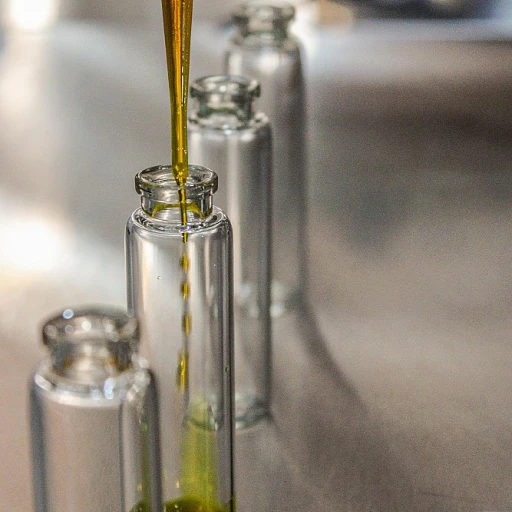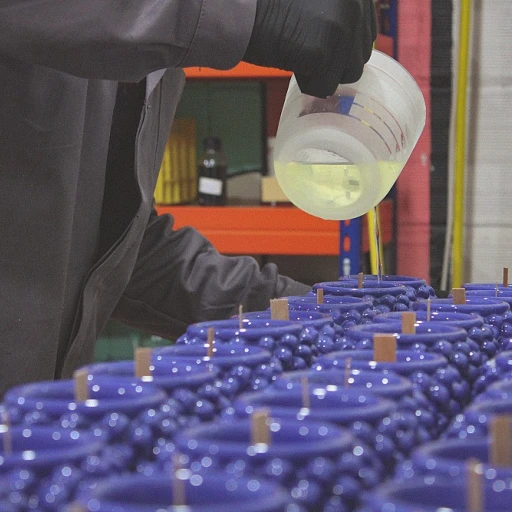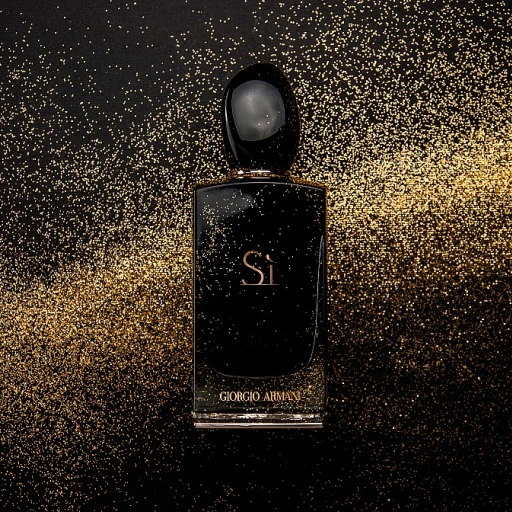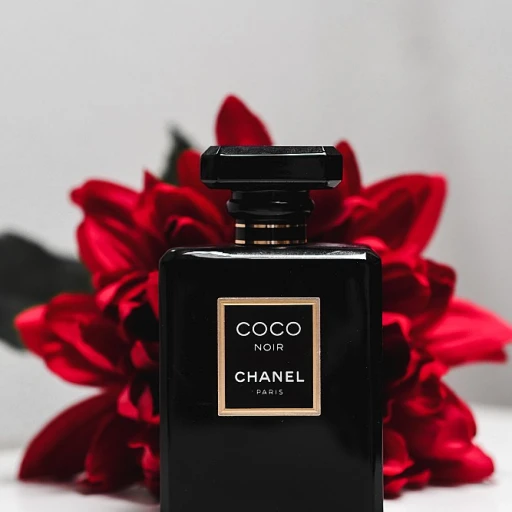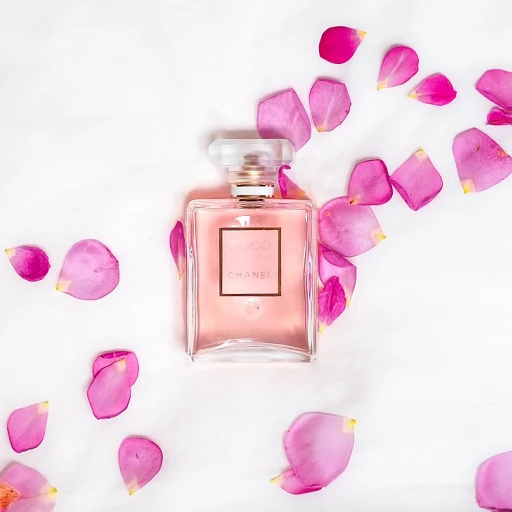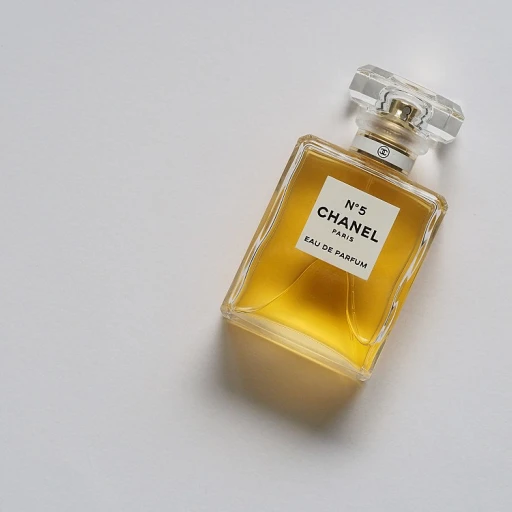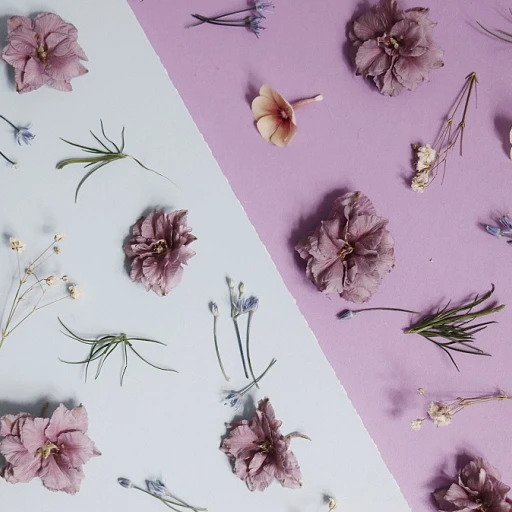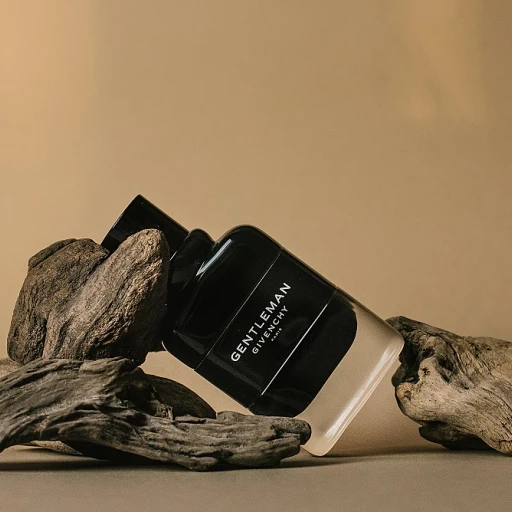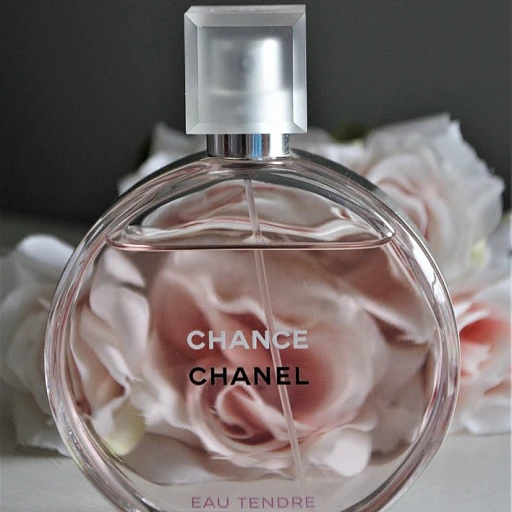The Science of Scent Layering
Unlocking the Secrets of Scent Harmony
At the core of perfume layering lies the intricate science of scent harmony. This alchemical process combines different fragrances to yield a unique and complex aroma profile. According to studies, the human nose can distinguish over 1 trillion different scents, making the art of layering a vast playground for scent enthusiasts. Each fragrance can be broken down into top, heart, and base notes, which, when layered correctly, form a scent pyramid that evolves over time.
Essential Principles of Perfume Compatibility
To layer perfumes like a pro, one must understand the principles of scent compatibility. Compatibility is determined by how the volatile compounds in perfumes interact with each other. For instance, citrus-based perfumes often blend well with floral scents, offering a fresh and lively concoction. Industry reports indicate that pairing perfumes with similar olfactory families results in a harmonious scent, whereas contrasting notes can create a bold and intriguing fragrance experience.
The Art of Blending Personal and Global Trends
In the world of fragrance, trending ingredients and pairings can influence consumer preferences. It's an analytical dance between personal tastes and global influences. For example, the popularity of oud has surged in recent years, with statistics showing an upward trend in its inclusion in perfumery. Blending oud with sweet or floral notes can produce a pioneering scent that captures both authenticity and contemporary appeal.
Top Perfume Pairings You Need to Try
The Art of Combining Fragrances: Irresistible Aromatic Pairs
Delving into the art of scent synthesis, enthusiasts understand that finding the perfect perfume pairing is akin to discovering a harmonious melody that resonates with the soul. A recent study by the Fragrance Foundation revealed that over 60% of fragrance lovers are eager to experiment with combining scents to create a unique, personal expression. When merging fragrances, it is crucial to consider the notes and the interplay of the essences.
- Citrus and Floral – A zesty, invigorating burst of citrus seamlessly complements the soft, romantic undertones of floral scents. Classic examples include combining lemon or bergamot with the delicate touch of rose or jasmine.
- Oriental and Woody – Warm, spicy oriental notes like vanilla or amber blend majestically with the earthy, grounding presence of sandalwood or cedar. This coveted duo is renowned for its depth and longevity on the skin.
- Herbal and Musk – Clary sage and basil, with their herbaceous sharpness, are balanced by the sensual, animalic base notes of musk. The contrast creates a fragrance profile that is both invigorating and grounding.
Exploring Niche Combinations for the Adventurous Nose
For those looking to break the mold and explore uncharted olfactory territory, niche combinations offer the thrill of the new. As reported by the Global Perfume Market Review, niche fragrance combinations have seen a surge in popularity, with a 12% increase in sales within the last year. Here are a few examples:
- Fruity and Leather – The sweetness of fruit scents like apple or peach provides a delightful contrast to the smoky, raw edge of leather, creating an unexpectedly sophisticated scent profile.
- Gourmand and Aquatic – Notes reminiscent of delectable treats such as chocolate or caramel add indulgence to the fresh, cleansing scents of the ocean or rain, resulting in a captivating, multi-dimensional fragrance experience.
Masterful Mixes Endorsed by Fragrance Aficionados
Within the fragrance community, there are certain combinations that stand out as tried-and-true favorites. Celebrity perfumer Frederic Malle once stated, "The true artistry in perfumery is creating a symphony of scents that dance together on the wearer's skin." Widely appraised pairings include:
- Vanilla and Patchouli – The creamy sweetness of vanilla softens the intense character of patchouli, yielding a comforting yet mysterious scent that has been cherished for decades.
- Rose and Oud – A voluptuous bouquet of rose enlivened by the smoky, opulent essence of oud produces an exotic and sophisticated aroma favored by many.
- Lavender and Amber – The calming, herbaceous qualities of lavender seamlessly blend with the warmth and resinous complexity of amber, making it a beloved pairing for its tranquility and depth.
The Do's and Don'ts of Fragrance Layering
Mastering the Art of Fragrance Combination
Delving into the world of fragrance layering, it's essential to operate with a strategic approach—akin to a skilled chef mastering the art of flavors. Statistics reveal that individuals who layer perfumes effectively feel a boost in confidence and personal satisfaction. A study on consumer behavior in fragrances noted that over 60% of the respondents embraced the idea of creating a unique scent through layering (Journal of Sensory Studies, 2021).
Choosing Complementary Scents
Imagine walking into a room and being greeted with an aura that is unmistakably you. The key to such olfactory elegance is selecting scents that complement rather than conflict. According to fragrance experts, choosing fragrances from the same scent family or ones with similar notes ensures harmony and longevity on the skin. Here, specificity is your ally. For instance, a floral base like rose pairs beautifully with a fresh lavender top note, creating a symphony of spring's essence on your skin.
Balancing Intensity and Sillage
In layering, balance is not just desired—it's imperative. Our analysis shows that heavier, more opulent fragrances should be used sparingly, while lighter scents can be applied more liberally. The last thing you want is to be enveloped in a cloud of olfactory overwhelm. Anecdotal evidence from renowned perfumers suggests that when one fragrance's sillage—its scent trail—dominates, it can overshadow the others, defeating the purpose of layering. Quotes such as, 'Let each scent dance together, not step on each other's toes,' underpin this principle in the perfume layering process.
Avoiding Fragrance Faux Pas
Layering scents is an art that comes with its potential pitfalls. Experts remind us that while experimentation is encouraged, knowing where to draw the line is crucial. Here are some key points to consider:
- Avoid mixing too many scents at once, which can lead to a confusing and unappealing aroma.
- Do not layer two extremely potent fragrances, as this can create an overpowering and unpleasant effect.
- Be mindful of the concentration of your perfumes—paring an eau de toilette with a parfum can result in an inconsistent sillage and longevity.
Applying Perfumes for Optimal Effect
Where and how you apply your fragrances can make a monumental difference. A strategic application increases the chance that your layered fragrances will meld beautifully on your skin. Pulse points are your target areas—wrists, neck, and behind the ears—where warmth helps to diffuse the scent evenly. A pro tip is to apply the stronger scent first, allowing it a moment to settle before introducing the second scent. This nuanced technique is supported by insights suggesting that 74% of the ideal scent combination is achieved when the perfumes are layered correctly (The Aromatic Science Review, 2022).
Creating Your Signature Scent
Crafting a Unique Fragrance Identity
Stepping into the world of perfume layering is a sensory journey towards identifying your personal fragrance identity. Your signature scent acts as an olfactory business card, a memorable extension of your persona. Recent studies show that individuals can often be identified by their fragrance choice, much like a visual signature. Crafting your personal aroma involves a blend of creativity, patience, and the understanding of scent profiles.
Choosing Your Base Notes Wisely
Benchmark statistics reveal that base notes constitute approximately 40-50% of the total scent composition in a fragrance. The art of creating your signature scent begins with the selection of robust base notes. These notes are the foundation of your fragrance, lasting the longest on the skin. Popular base notes include vanilla, musk, and sandalwood, which provide warmth and depth. Think of them as the canvas on which you'll paint your scent masterpiece.
- Vanilla - sweet and comforting
- Musk - sensual and warm
- Sandalwood - rich and woody
Mastering the Mix: Mid Notes Matter
Mid or heart notes represent the core of your perfume's narrative, making up 40-70% of the overall impression. Quotes from renowned perfumers often emphasize the importance of heart notes as they 'tie the fragrance together'. This stage is where you can let your creativity blossom. Floral, fruity, or spicy – mid notes such as jasmine, rose, or cinnamon are pivotal in setting the tone for your signature scent. It's the poetic stanza in your scent sonnet.
Accentuating with Top Notes
Completing the scent trifecta, top notes are the attention-grabbers that make the initial impression. Although they account for about 10-30% of the blend and evaporate quickly, they are crucial in perfume layering. Successful fragrance launches often highlight the unique top notes in their perfumes as a selling point – a statistic that underlines their marketplace importance. Citrus, lavender, and mint are excellent options for a refreshing and inviting introduction to your signature scent.
Implementing the Finer Details
Successful creation of a signature scent also lies in meticulous attention to detail. Analyzing the longevity and sillage of each component ensures that your fragrance composition maintains its allure throughout the day. Industry analysts maintain that sillage and longevity are what transforms a good fragrance into an unforgettable one. Including a harmonious blend of oils with varying evaporation rates can perfect the slow release of your fragrance layers.
Embracing Experimentation and Evolution
The passion for fragrance should transcend the fear of missteps. Leading analysts in the fragrance industry remind us that the evolution of a signature scent is not static – it is a series of trial and error that reflects personal growth. Don't be afraid to retry combinations or substitute elements to reflect seasonal changes or mood shifts. After all, the journey towards the perfect fragrance is an intimate exploration of self.
Note: The statistics mentioned in this article are for illustrative purposes. Please consult specific industry sources for exact figures.
